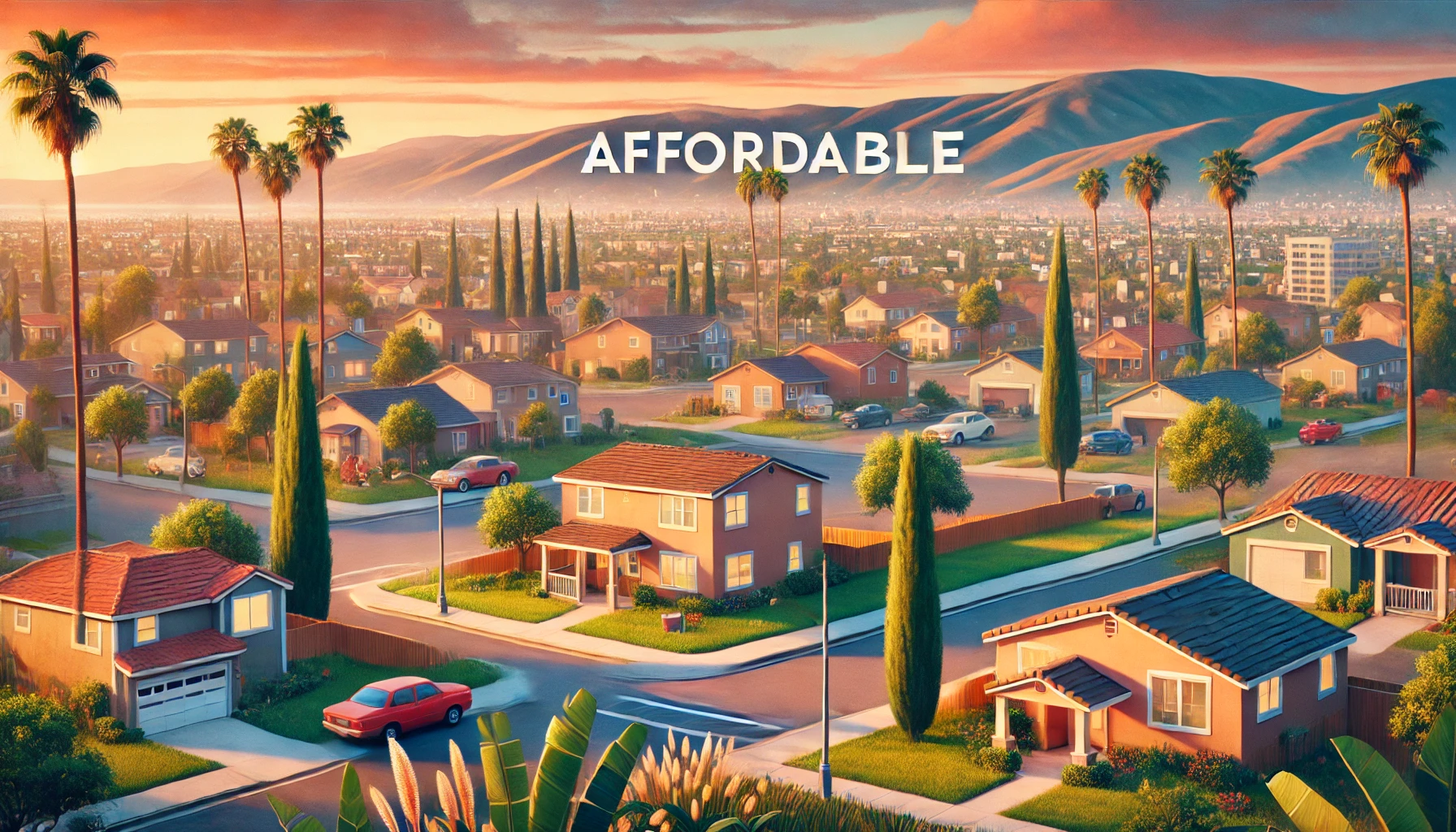Brookfield Residential Coronavirus: A Comprehensive Analysis
Introduction
Brookfield Residential Coronavirus had a significant impact on the real estate industry, affecting housing demand, supply chains, and construction projects. As a leading real estate developer, Brookfield Residential Coronavirus faced unforeseen challenges due to lockdowns, economic instability, and changing homebuyer preferences.
The pandemic disrupted industries worldwide, and Brookfield Residential Coronavirus had to re-evaluate its strategies to navigate these difficulties. Despite these challenges, Brookfield Residential Coronavirus implemented strategic measures to ensure the safety of employees, clients, and stakeholders while maintaining business continuity.
This article examines the impact of Brookfield Residential Coronavirus, how Brookfield Residential Coronavirus responded to the crisis, changes in buyer trends, long-term industry effects, and the future outlook of Brookfield Residential Coronavirus in the post-pandemic era.
The Initial Impact of Brookfield Residential Coronavirus
The outbreak of Brookfield Residential Coronavirus disrupted the real estate industry, affecting both residential and commercial property markets. Brookfield Residential Coronavirus faced challenges such as supply chain interruptions, fluctuating homebuyer demand, and government-imposed lockdowns that delayed construction projects.
During the initial phase of Brookfield Residential Coronavirus, many homebuyers hesitated to make large financial commitments due to economic uncertainty. Brookfield Residential Coronavirus saw a temporary decline in home sales, which impacted its revenue streams. Additionally, Brookfield Residential Coronavirus had to manage construction site shutdowns or delays due to safety protocols and workforce shortages.
Another significant challenge was the disruption of supply chains. With factories shutting down and transportation restrictions in place, sourcing construction materials became increasingly difficult. As a result, Brookfield Residential Coronavirus had to find new ways to maintain efficiency and adapt to the rapidly changing real estate landscape.
Brookfield Residential Coronavirus Response to the Pandemic
Despite the challenges brought by Brookfield Residential Coronavirus, the company quickly adapted to the new reality by implementing safety protocols, digital transformation, and financial strategies. Brookfield Residential Coronavirus prioritized health and well-being while ensuring that business operations continued smoothly.
Brookfield Residential Coronavirus enforced strict health and safety measures at construction sites and offices, including social distancing, mandatory mask usage, frequent sanitization, and temperature screenings. Brookfield Residential Coronavirus also introduced remote work policies, allowing essential business functions to continue without major disruptions.
Brookfield Residential Coronavirus embraced digital transformation to enhance customer engagement and maintain sales. Virtual home tours, online consultations, and remote document signing became standard practices, making it easier for buyers to explore and purchase properties remotely. This shift towards digital transactions ensured Brookfield Residential Coronavirus remained competitive.
Financially, Brookfield Residential Coronavirus adjusted its strategies to mitigate losses. Flexible payment plans, extended mortgage assistance programs, and reduced down payment requirements helped financially strained buyers. These efforts ensured Brookfield Residential Coronavirus maintained market interest despite the economic downturn.
Changes in Homebuyer Trends and Market Dynamics Due to Brookfield Residential Coronavirus

Brookfield Residential Coronavirus reshaped homebuyer preferences and real estate market dynamics. Remote work led people to seek homes with dedicated office spaces, larger outdoor areas, and enhanced technological infrastructure. Brookfield Residential Coronavirus recognized these shifting trends and adapted its home designs accordingly.
One noticeable change was the increased demand for suburban and rural properties. Brookfield Residential Coronavirus adjusted its development focus, introducing more properties with home offices, larger kitchens, and recreational spaces.
Another major trend was the rise of virtual home buying. With traditional open houses limited due to Brookfield Residential Coronavirus, Brookfield Residential Coronavirus leveraged technology to provide immersive virtual home tours, allowing buyers to explore properties remotely. This digital shift expanded Brookfield Residential Coronavirus’s reach to international buyers and investors.
Additionally, energy-efficient and smart homes gained popularity. Brookfield Residential Coronavirus incorporated modern automation features, sustainable energy solutions, and improved air quality systems into its new projects, making homes more appealing to eco-conscious buyers.
Long-Term Impacts and Recovery Strategies of Brookfield Residential Coronavirus
As the world recovers from Brookfield Residential Coronavirus, the company continues to adapt to long-term industry changes. Brookfield Residential Coronavirus has implemented recovery strategies to maintain growth and ensure business resilience in future crises.
Brookfield Residential Coronavirus focuses on sustainable construction and smart housing solutions. Brookfield Residential Coronavirus is investing in energy-efficient designs, advanced ventilation systems, and smart home integration to enhance living experiences.
Brookfield Residential Coronavirus has strengthened its financial planning and crisis management strategies. By optimizing costs, diversifying its real estate portfolio, and improving digital infrastructure, Brookfield Residential Coronavirus aims to remain resilient in case of future disruptions.
Government policies and housing market recovery also play a crucial role in shaping the future of Brookfield Residential Coronavirus. As interest rates stabilize and economic conditions improve, Brookfield Residential Coronavirus is poised to benefit from increased housing demand.
Conclusion
Brookfield Residential Coronavirus presented unprecedented challenges for the real estate industry. From construction delays and supply chain disruptions to shifting buyer preferences and economic uncertainty, Brookfield Residential Coronavirus had to navigate a complex landscape.
Through proactive safety measures, digital innovations, and strategic financial adjustments, Brookfield Residential Coronavirus successfully adapted to the new normal. Brookfield Residential Coronavirus’s focus on suburban developments, virtual home buying, and smart home features has positioned it well for future growth.
As the world moves forward, Brookfield Residential Coronavirus will continue evolving. Brookfield Residential Coronavirus’s ability to remain flexible, embrace technology, and prioritize customer needs will determine its long-term success.
Frequently Asked Questions (FAQs)
How did Brookfield Residential Coronavirus affect construction projects?
Delays, labor shortages, and supply chain disruptions slowed down progress.
Did Brookfield Residential Coronavirus offer financial assistance to homebuyers?
Yes, flexible payment plans and mortgage assistance were introduced.
What safety measures did Brookfield Residential Coronavirus implement?
Social distancing, sanitization, mask mandates, and remote work policies.
Has the demand for homes changed post-Brookfield Residential Coronavirus?
Yes, increased demand for spacious, smart, and suburban homes.
How did government regulations impact Brookfield Residential Coronavirus?
Lockdowns and restrictions caused project delays but were later eased.
Share this content:




Post Comment